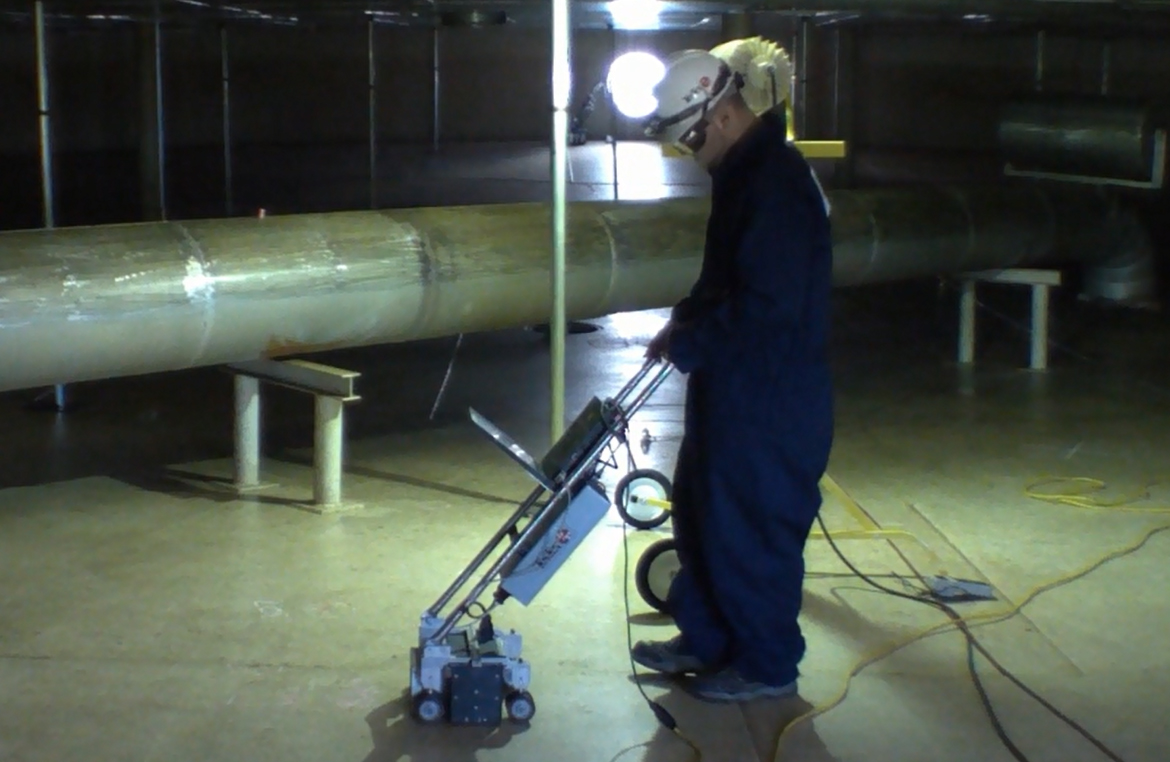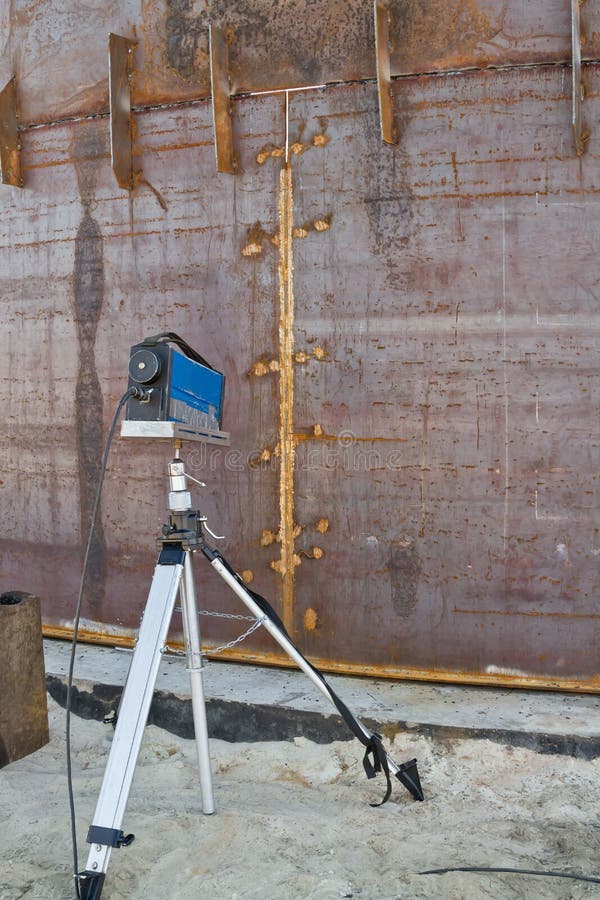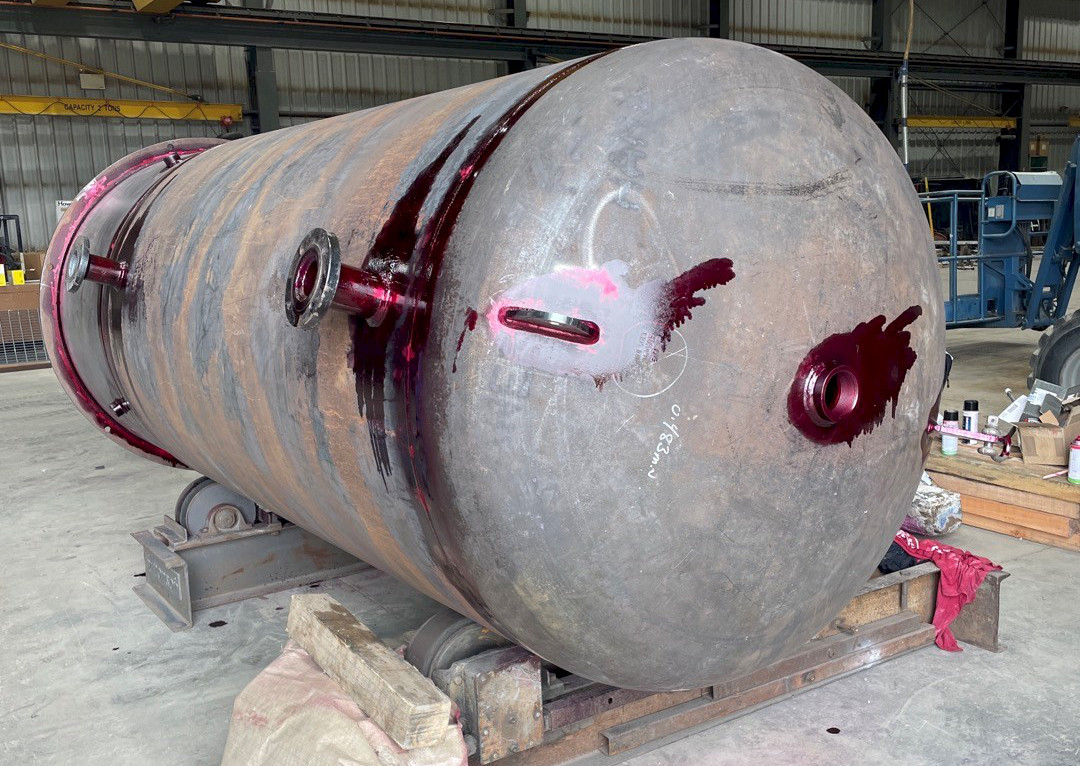The Value of Expert Tank Welding Inspection Services
The Value of Expert Tank Welding Inspection Services
Blog Article
A Detailed Overview of Storage Tank Welding Evaluation Standards and Methodologies for Improved Weld High Quality and Performance
The relevance of welding evaluation standards in the manufacturing of tanks can not be overstated, as they work as the foundation for guaranteeing weld stability and operational integrity. Various evaluation methods, consisting of aesthetic assessments and advanced non-destructive testing methods, are important in recognizing prospective imperfections that could compromise efficiency. Additionally, adhering to regulative standards not just boosts weld quality yet likewise minimizes the risk of pricey failings. As we check out the nuances of these approaches, it comes to be important to take into consideration exactly how a methodical strategy can transform present practices and bring about significant renovations in end results.
Value of Welding Assessment Standards

Welding examination criteria include an array of criteria, consisting of material requirements, welding treatments, and certifications of workers entailed in the welding procedure. By imposing these standards, companies can methodically recognize and fix prospective problems, thereby lowering the likelihood of expensive repair services or tragic failings. Rigorous assessment methods promote a society of liability and precision, motivating welders to maintain high levels of workmanship.

Usual Welding Inspection Techniques


Ultrasonic Examining (UT) is one more prevalent technique, utilizing high-frequency audio waves to find internal defects that might not show up on the surface. This approach is specifically efficient for identifying gaps or inclusions within the weld metal. Magnetic Fragment Checking (MT) is likewise widely made use of, particularly for ferromagnetic materials, as it exposes surface area and near-surface defects with the application of magnetic fields and ferrous bits.
Additionally, Fluid Penetrant Screening (PT) spots surface-breaking flaws by using a penetrant to the weld and then making use of a designer to extract the penetrant. Each of these methods adds to a detailed examination strategy, making sure that welds satisfy the stringent top quality standards called for in container construction.
Regulatory Criteria and Compliance
Regulatory criteria and conformity are essential elements in making certain the safety and security and integrity of welded structures in storage tank building - Tank Welding Inspection. These requirements serve to establish minimum demands for product properties, welding procedures, and examination methods, consequently lowering the threat of architectural failings and see here improving overall efficiency
Secret organizations, such as the American Culture of Mechanical Designers (ASME) and the American Welding Society (AWS), provide standards that are extensively adopted in the market. Conformity with these criteria not only ensures adherence to ideal methods however also fulfills lawful and contractual commitments, securing the rate of interests of stakeholders.
Regulatory bodies commonly mandate adherence to details codes, such as ASME Code Section IX for welding credentials and API 650 for welded tanks. These codes describe needs for welding strategies, qualifications of workers, and testing techniques to validate weld stability.
Routine audits and examinations are critical to keeping compliance, as they help identify discrepancies from established criteria. Non-compliance can cause significant fines, project hold-ups, and security hazards. Thus, a durable understanding of governing requirements and a commitment to compliance are extremely important in accomplishing high-quality and sturdy bonded container structures.
Non-Destructive Evaluating Methods
Exactly how can the honesty of bonded structures be assured without creating damage? Non-destructive screening (NDT) techniques supply a robust remedy, allowing examiners to evaluate weld quality without endangering the product - Tank Welding Inspection. Among one of the most common NDT strategies are ultrasonic testing (UT), radiographic screening (RT), magnetic fragment testing (MT), and color penetrant screening (PT)
Radiographic testing involves passing X-rays or gamma rays through the weld, creating images that reveal structural issues such as fractures or spaces. This technique is indispensable for analyzing the stability of intricate welds.
Magnetic bit testing is suited for ferromagnetic products, where electromagnetic fields expose surface and near-surface gaps. Color penetrant screening uses a liquid dye to highlight surface-breaking defects, making it an effective approach for non-porous products.
Each of these NDT methods has unique benefits, permitting extensive assessments customized to details products and welding procedures. By carrying out these strategies, sectors can make sure the reliability and safety of welded structures, ultimately boosting total performance.
Enhancing Weld Top Quality With Evaluation
Reliable evaluation plays a crucial function in enhancing weld top quality, serving as an essential checkpoint in the manufacture procedure. By recognizing potential problems early, assessments alleviate the threat of compromised architectural honesty and make sure conformity with industry requirements. Employing a combination of aesthetic examinations, non-destructive testing (NDT) approaches, and mechanical analyses, assessors can find issues such as porosity, fractures, and insufficient blend.
Applying a robust examination procedure not just improves the overall high quality of welds however also fosters a culture read here of liability among welders and producers. Regular training and accreditation of evaluation personnel make sure that they are furnished with the needed skills to identify and address prospective problems efficiently. This aggressive technique reduces rework and associated prices, inevitably contributing to predict efficiency.
Additionally, comprehensive documents of evaluation searchings for provides beneficial insights right into repeating issues, promoting constant improvement in welding methods. By leveraging innovative innovations, such as automated ultrasonic testing or electronic radiography, weld quality can be improved through more precise assessments. In final thought, a rigorous examination process is essential in accomplishing high-grade welds, making sure safety, dependability, and longevity in tank manufacture.
Verdict
In verdict, the execution of rigorous tank welding examination criteria and methodologies is necessary for guaranteeing weld integrity and performance. By utilizing a mix of visual assessments, non-destructive screening methods, and adherence to regulative criteria, companies can effectively look at this website recognize and minimize prospective flaws. Fostering a society of liability amongst welders better enhances the top quality of welding processes. Inevitably, these practices add to lowered structural failures, reduced repair work expenses, and improved functional efficiency within the industry.
Report this page